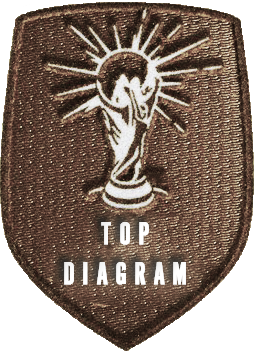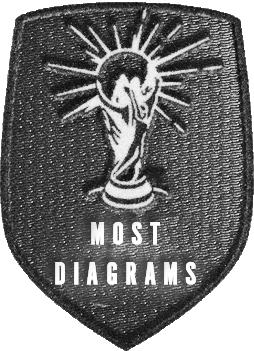Ranking Diagrams
The CAS Explorer features a system for the submission and evaluation of explanatory diagrams relating to a variety of CAS topics.
Diagrams can be submitted and evaluated on each of the definition or topic pages in this site, with each being evaluated against the criteria here on this page. As the diagrams go through an evolutionary evaluation, fit diagrams will emerge. The site is set up to allow an evolving list of evaluating factors as well, which is what you can do here on this page.
Diagrams
While you can submit and rate diagrams for any concept or topic in the CAS Explorer, this page focuses on a specific set of topics. The goal of this page is to let you order the diagrams in your preference, from your favorite to least favorite. This will help promote a more unified and cohesive series of diagrams to help illustrate complex adaptive systems theory and its related topics.
Badges

Zach Hansen

Sharon Wohl
Fitness Parameters
These are the parameters that are being used to evaluate the fitness of topic diagrams. They are sorted by their rating and change as new parameters are suggested and rated. You can view and rate all of the parameters here, and soon will be able to see how they fit within what is seen as the ideal or most 'fit' diagram not only for a topic but as a cohesive family of diagrams for the CAS Explorer.
These are the parameters currently being used to evaluate topic images. You can rate parameters to help choose which parameters are more important.
- Clarity of Idea
- Simplicity as a Quality
- graphic elegance
- Professionalism of Design
- Legibility-Given the Required Scale
- Animation
- Fun
- Overall Quality
These are the parameters that have been suggested but aren't rated high enough to be active. Mark parameters below as important to help them rise in the list.
- Smoothness of Animation
- Legibility Given the Required Scale
- Original content (not sourced from elsewhere)
- Animation (Not animated ->poor animation -> smooth animation)
You can flag this and comment why, It will fall to the bottom with 3 flags.
"> x 2 Contributes as part of an overall 'family' of diagrams
You can flag this and comment why, It will fall to the bottom with 3 flags.
"> x 1 professionalism
These guys have been flagged 3 or more times and no longer get evaluated.
- Graphic Punch
This is a duplicate of animation. - Sean
You can flag this and comment why, It will fall to the bottom with 3 flags.
"> x 4 Dynamic
